The 5 Worst Moms in History
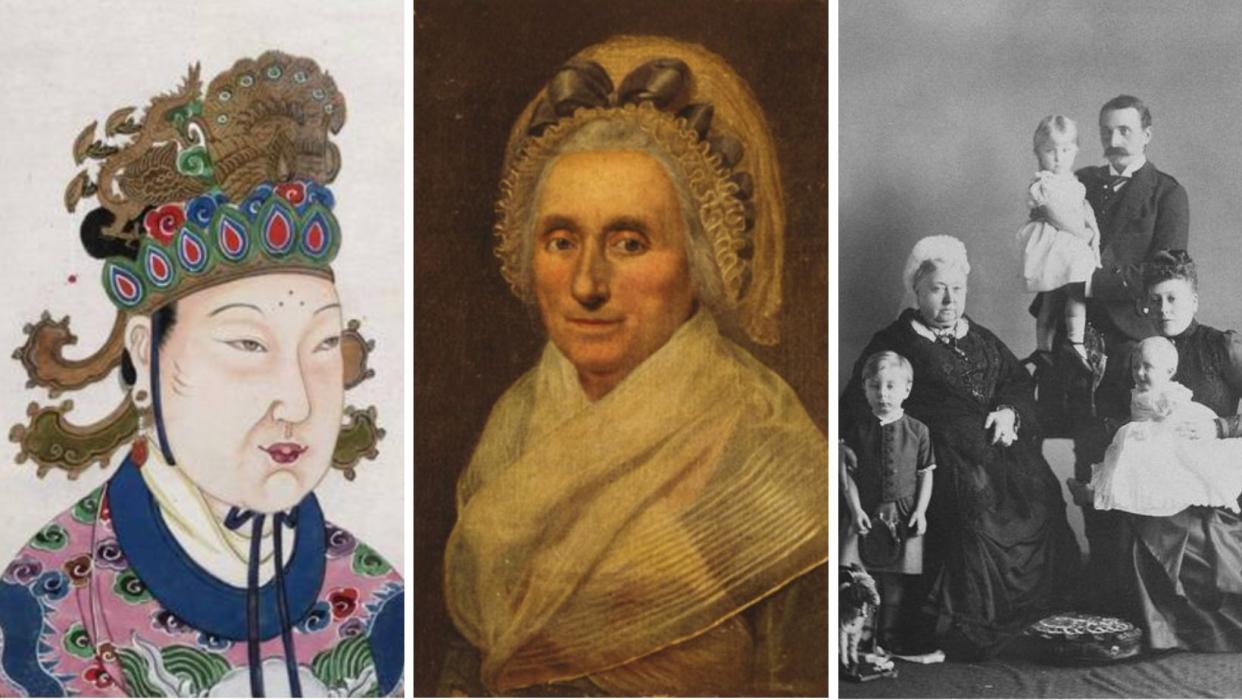
Momsters
Labeling someone as a bad mom, let alone the worst, should never be done lightly, as being a mom is certainly no easy task. While modern moms often wear "mom guilt" for every decision they make or don't make as a badge of honor, some moms on this list had no such problem. So, while you might think you are a "bad mom" for letting your kids eat too much ice cream or have unlimited screen time, there were mothers in history who would, let's say, do worse and not blink an eye. Here are the five worst moms in history.
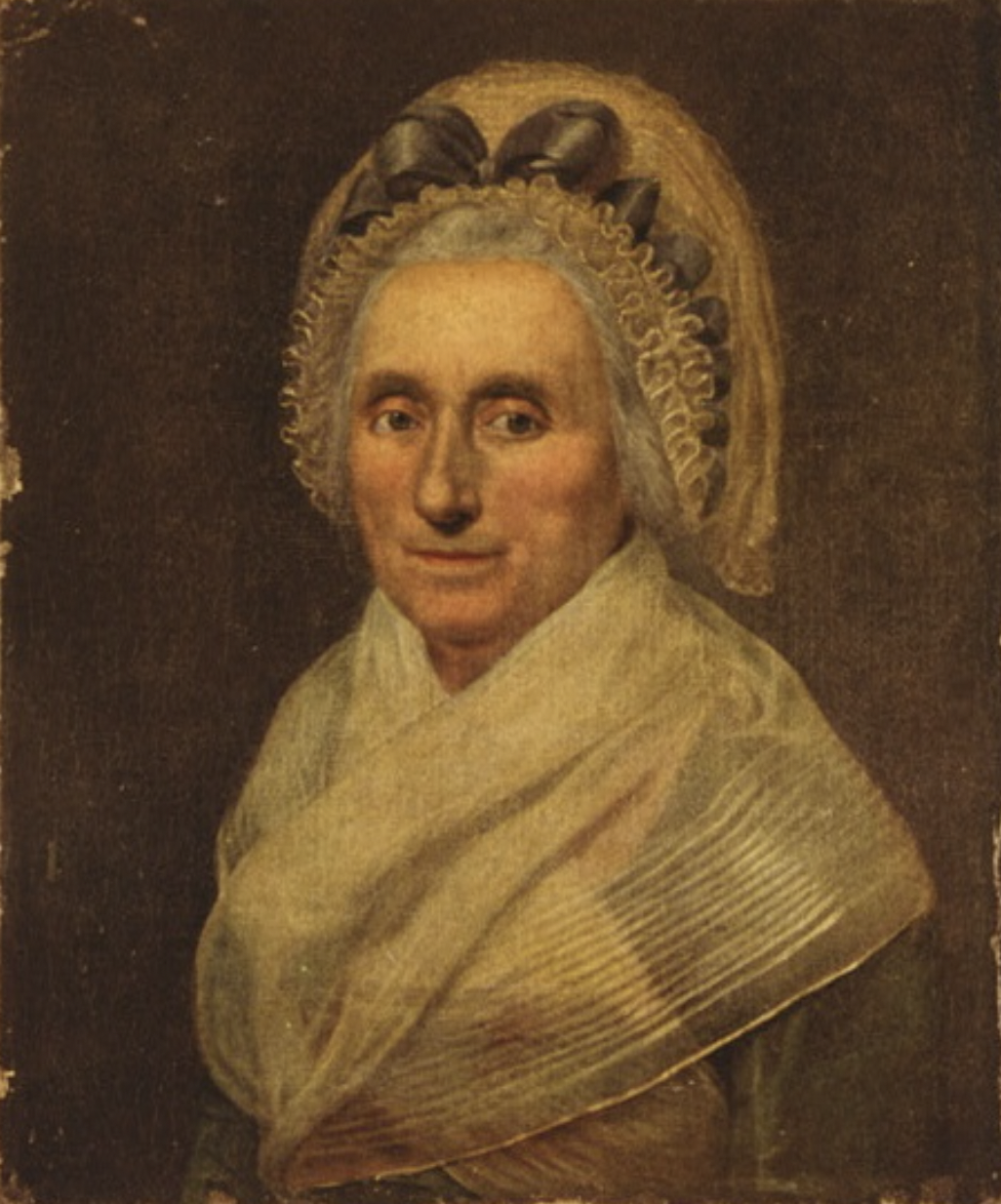
1. Mary Ball Washington
America's Grandmother, Mary Ball Washington, as the mother of the first U.S. president, George Washington, could give any modern-day Tiger Mom a run for her money with her iron-willed parenting style. Born in 1708 in Virginia, Mary was a widow managing a plantation and raising five children by the time she was 35.
While George was off making history, Mary was at home, penning letters that might as well have started with “George send money” and occasionally implying that his revolutionary activities were giving her gray hairs. Some historians, like James Thomas Flexner, often describe her as demanding and somewhat possessive—half Mommy Dearest and half helicopter mother. She clung to her son's purse strings like a general strategizing over territory. She had a knack for public lamentation over her sacrifices, and during the height of the American Revolution, rumors swirled that she harbored royalist sympathies. Other historians argue that the negative portrayals of Mary as a bad mother have been inaccurate or unfairly biased, suggesting that while she may not have been a saint, she wasn't necessarily bent on draining George's wallet or sabotaging his ambitions.
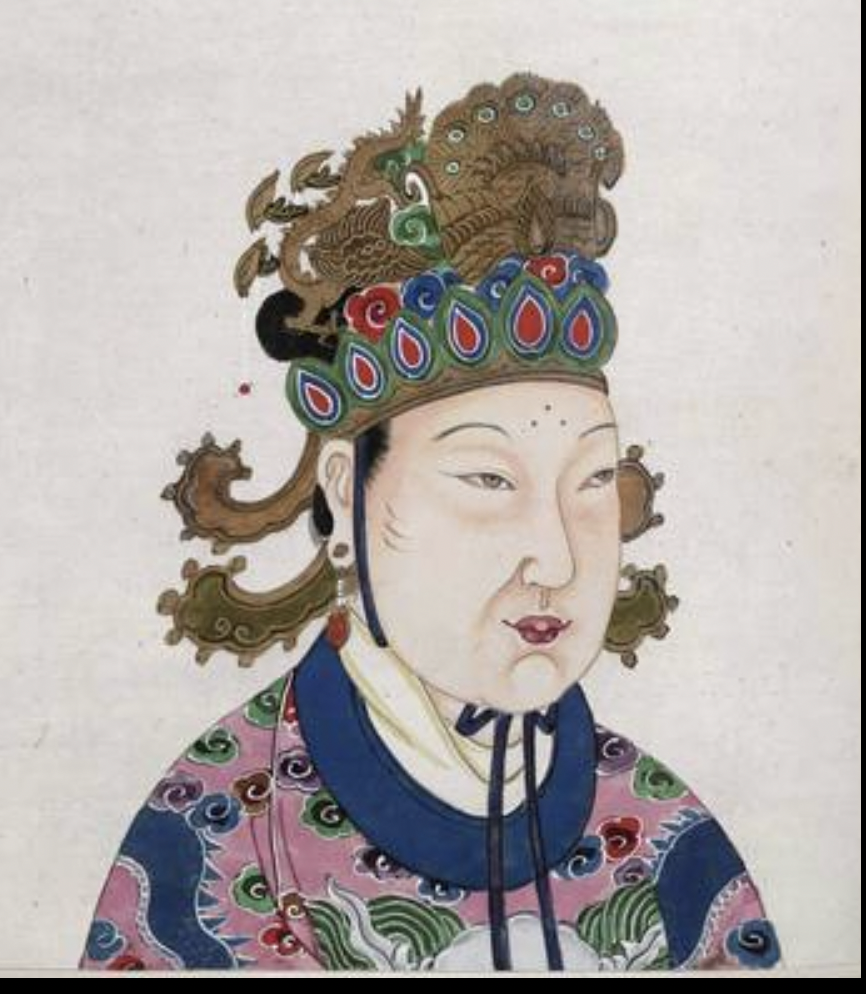
2. Wu Zetian
Wu Zetian, China's only female emperor (624–705), may have aced the imperial exams of political savvy and ruthlessness, but when it came to motherhood, let’s just say she wasn’t winning any parenting awards. Early in her ascent within the imperial court, Wu Zetian gave birth to a daughter in 637 AD, who died shortly after birth under suspicious circumstances. Wu Zetian accused Empress Wang, the reigning empress, of murdering the child. This accusation led to the deposition and removal of Empress Wang from the court, significantly altering the power dynamics within the palace and clearing Wu Zetian’s path to greater influence. Some historians suggest that Wu Zetian herself might have orchestrated her own daughter's death as a strategic move to frame Empress Wang and eliminate her as a rival.
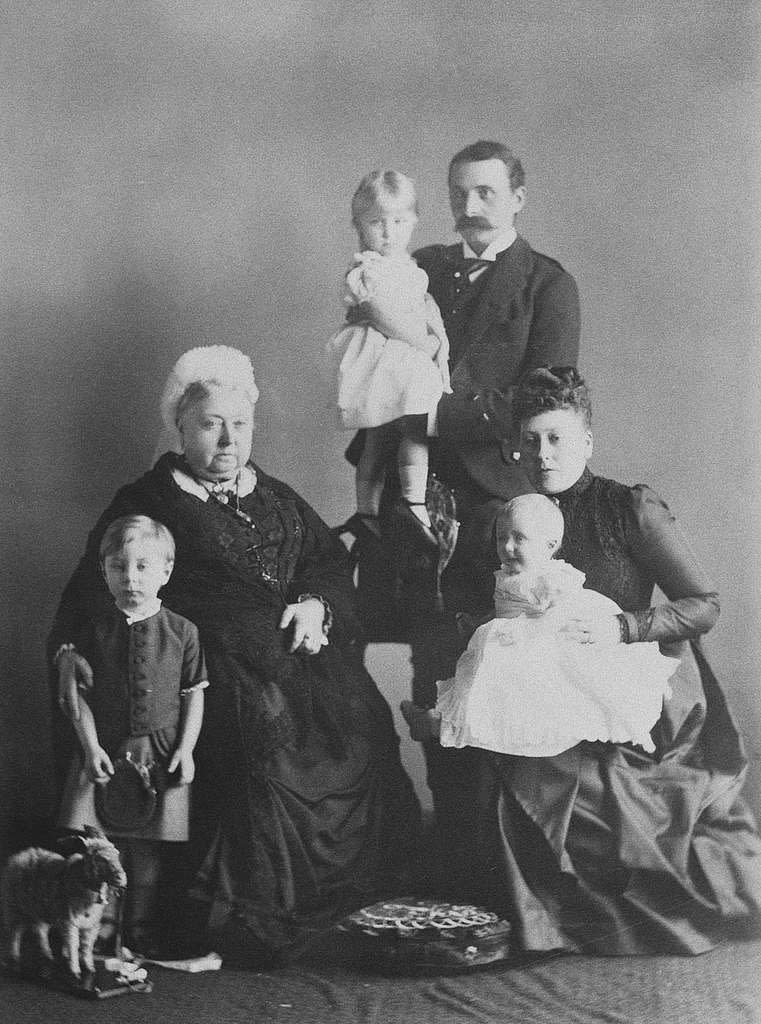
3. Queen Victoria
Queen Victoria, known for her 63-year reign, had a complicated relationship with her nine children. Victoria's view of motherhood was ambivalent at best. She once admitted to having "the greatest horror of having children and would rather have none." Alas, she ended up having nine, though she didn't enjoy any bit of it. Pregnancy was particularly loathsome to her, describing in her letters as feeling "like a dog or a cow." Historians suggest that she might have suffered from what would likely be recognized today as postpartum depression. Victoria's relationship with her children, especially her eldest son, Bertie (the future King Edward VII), was strained. She blamed him for contributing to Albert’s death due to stress from a scandal involving Bertie, and she famously remarked that she could never look at Bertie without shuddering.
In letters and diaries, Victoria often expressed her frustrations and lack of maternal fulfillment, which paints a picture of a woman who was as complex in her private life as she was in her public role as monarch.
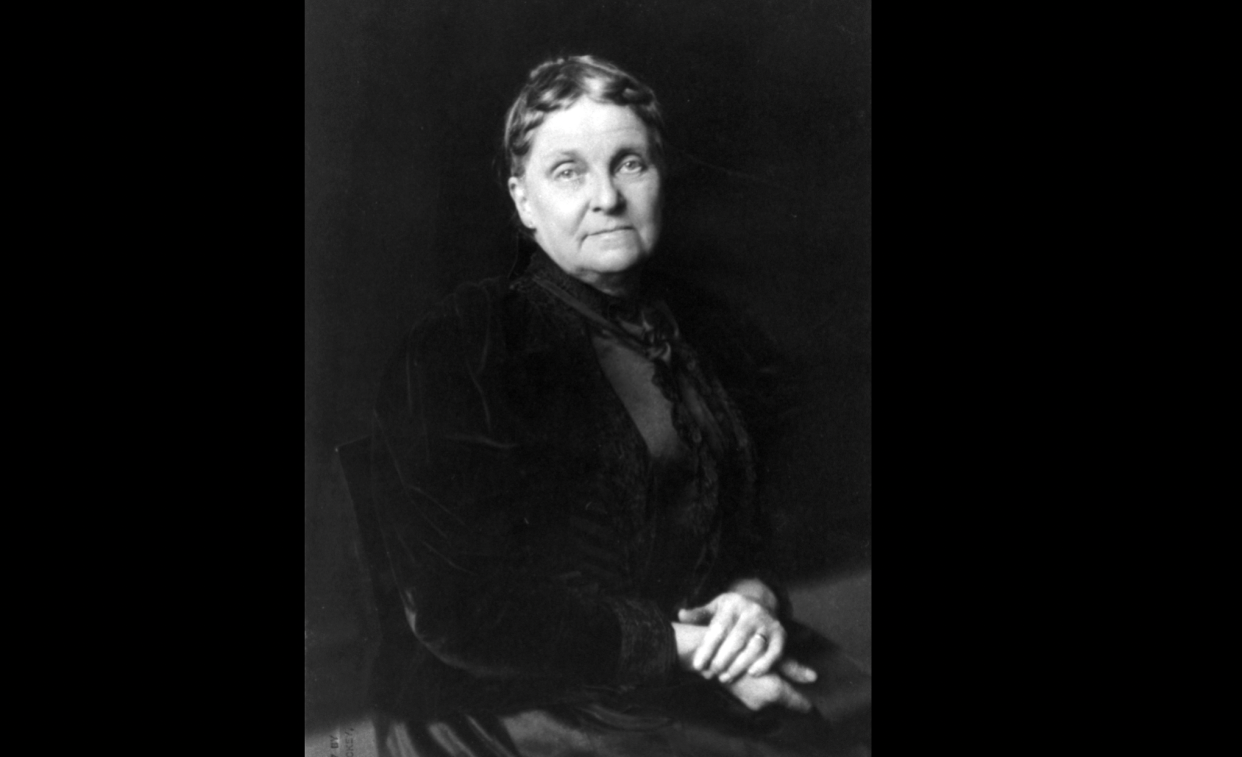
4. Henrietta “Hetty” Green
Known as the "Witch of Wall Street," Hetty Green was one of the wealthiest women in America during the late 19th century. However, her obsession with money and frugality extended to her children, whom she neglected emotionally and deprived of a proper upbringing in pursuit of financial gain. Green's son, Edward Howland Robinson Green, was a victim of Hetty's obsession with hoarding money, which led her to deprive Edward of basic necessities, including proper medical care. When he was nine, Edward injured a knee in a sledding accident. Green, of course, refused to take him to the doctor because that would mean spending money. In his teens, Edward's leg became infected and gangrenous. Green, again refused to seek proper medical treatment and instead opted for homemade ointments, which led to the ultimate amputation of Edward's leg. He would spend the rest of his life limping on a cork prosthetic leg.
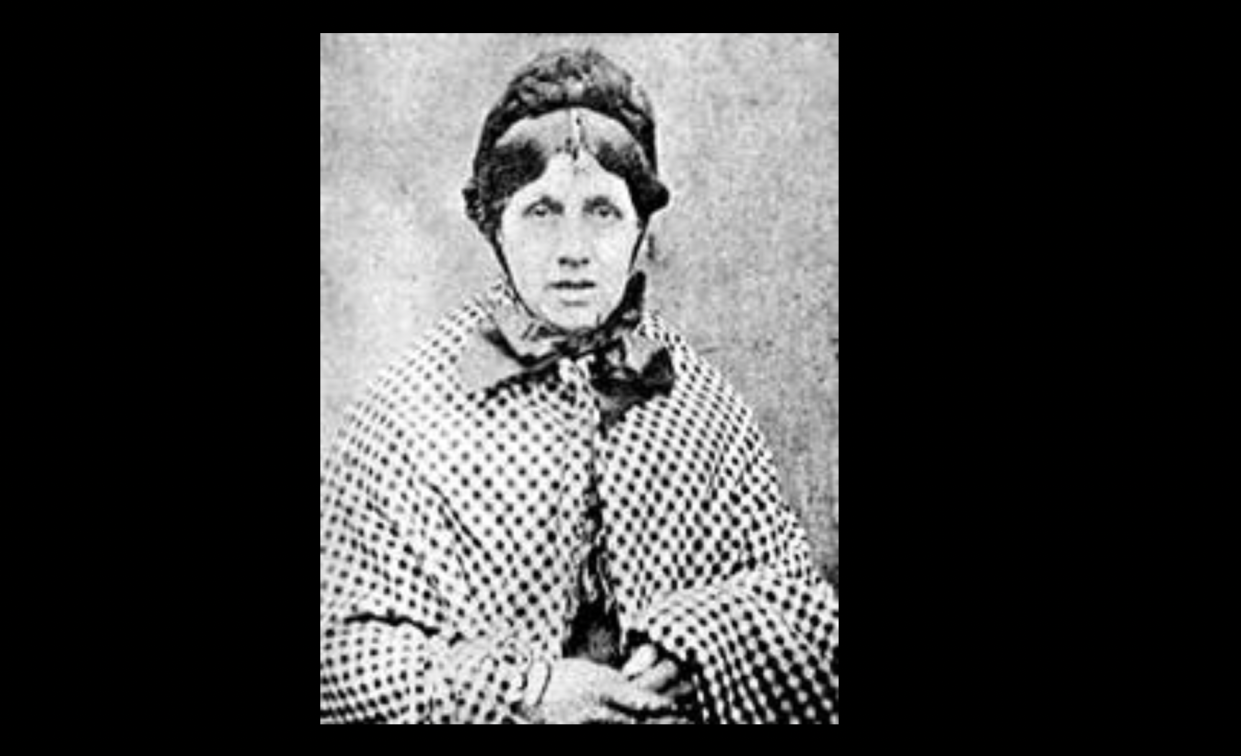
5. Mary Ann Cotton
Mary Ann Cotton gave Medea a run for her money. Cotton was an English serial killer who targeted those close to her for financial gain, earning the nickname "The Black Widow." It's believed she poisoned up to 21 people, including multiple husbands and at least 11 of her own 13 children. Her motive was financial gain through life insurance. Cotton would take out policies on her victims and collect payouts after their deaths. She primarily used arsenic, commonly used in Victorian England, as her weapon of choice because it caused symptoms similar to various illnesses, making it challenging to detect as a poison. Authorities had suspicions about Cotton for years due to the unusual number of deaths in her family. However, concrete evidence was lacking until the death of her stepson, Charles Edward Cotton, when a stronger case was built, leading to her conviction and subsequent execution by hanging in 1873.This article was produced and syndicated by MediaFeed.

